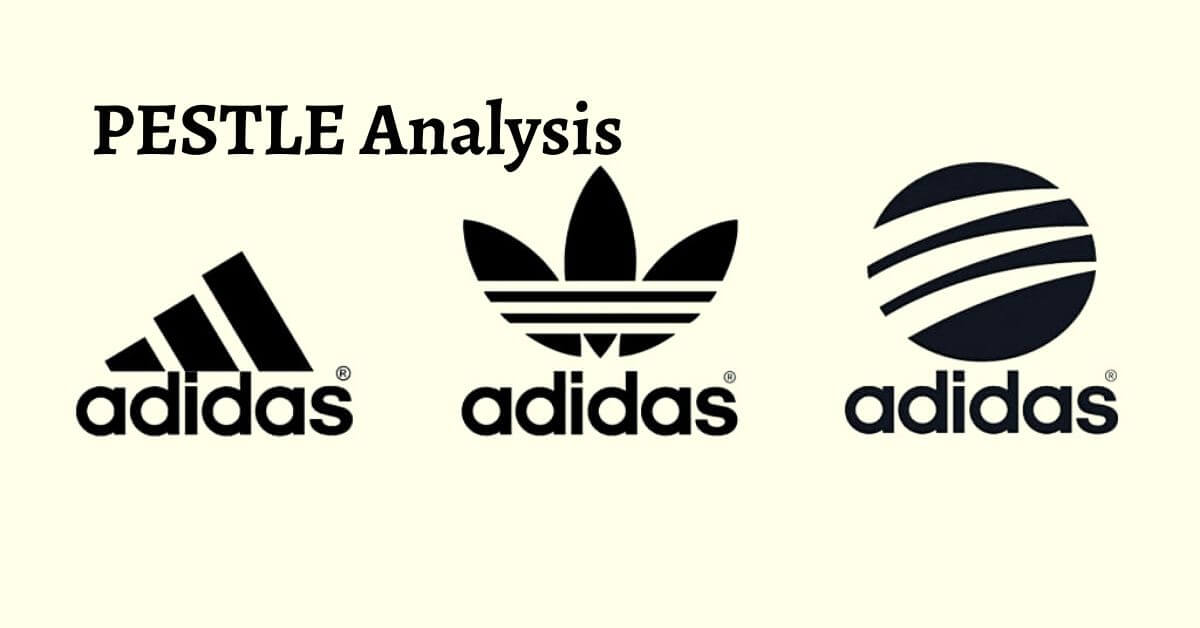Skin Care products focus on relieving skin conditions, improving appearance, and supporting skin integrity. It comprises employing an appropriate amount of emollients, avoiding high exposure to the sun, and nutrients. However, skin care is a daily routine practice that is applied to the skin, which is either too dry or too moist. Today, we’ll discuss the PESTLE analysis of Skin Care Industry; it focuses on external environmental factors like; political, economic, social, technological, legal, and environmental factors.
Political Factors Impacting Skin Care Industry
Some of the main political factors in the Skin Care Industry PESTLE analysis are as follows;
I-Government Regulations
The consumer protection government regulations and policies are very tight and strict for the skincare and cosmetic companies. They focus on areas like product packaging, labeling, side effects and reactions to the skin, usage methods, ingredients disclosure, production processes, and sourcing methods. However, the objective of strict government policies is to protect the interests and health of ordinary users.
II-Trade Policies
Skin Care and Beauty Companies are operating their retail business worldwide. They procure, source, and outsource their production and manufacturing processes from various countries across the globe. However, the trade policies of different countries are variable and it is highly dependent on the country’s foreign policy and diplomatic relations. If a country has better political relations with the other sourcing or procuring country, they will ease the trade with them; otherwise, they won’t.
III-Political Unrest
Political stability plays a critical role in the growth of businesses and companies, including Skin Care and Beauty Companies. In case of political turmoil, roadblocks, procession, strikes, and other violent activities; it becomes highly difficult for Skin Care and Beauty Companies to perform their supply chain and distribution operations on time. As a result, it causes delays in the production and manufacturing processes.
Economic Factors Affecting Skin Care Industry
Some of the main economic factors in the Skin Care Industry PESTLE analysis are as follows;
I-Economic Growth
The economic growth of the country is crucial for retail sales and the growth of businesses and companies. Higher employment rates and disposable income are key economic indicators to evaluate the growth of the country. When people have various employment opportunities and stable financial income, they’re willing to spend their income on luxury items like skincare and beauty products.
II-Inflation Rate
The country’s inflation rate is also the key economic indicator and it highlights the buying power of customers. When the government starts printing more currency notes than the required level, then it decreases the per-unit value of all the currency notes. As a result, things become expensive with their high retail prices, and it directly impacts the buying power and shopping patterns of customers.
III-Shopping Trends
The shopping trend of customers is the other key economic indicator and it outlines the spending habits of customers. When a country has a higher interest rate, people would prefer to save and deposit their money in the banks rather than spend it on luxury products. Skin Care and Beauty Companies should analyze the shopping trends and spending habits of the consumer market on luxury cosmetic products.
Social Factors Impacting Skin Care Industry
Some of the main social factors in the Skin Care Industry PESTEL analysis are as follows;
I-Cultural Norms
The cultural norms and traditions greatly impact the needs and preferences of customers. It focuses on the question of whether they should spend money on beauty and skin care products or not. However, it is a common practice to buy skin care products in the western and the westernized countries. But some countries and regions don’t like the usage of beauty products.
II-Lifestyle and Social Trends
Lifestyle and social trends are the key factors impacting the buying behaviors of customers. For instance, the consumer market has become highly cautious about organic and green products, and they avoid the usage of chemicals on their skin that have damaging long-term impacts. They are demand from Skin Care and Beauty Companies to develop natural organic skin and beauty products, rather than chemically treated products.
III-Influencers Marketing
Skin Care and Beauty Companies are aware of the growing social and digital media platforms. They collaborate with various makeup artists and beauty influencers over digital media platforms. They have a massive fan following and a customer network, and their brand endorsement and product recommendation would significantly increase the retail sale of products and goods.
Technological Factors Affecting Skin Care Industry
Some of the main technological factors in the Skin Care Industry PESTEL analysis are as follows;
I-Research and Development
Skin Care and Beauty Companies invest a significant amount of capital resources in research and development. It allows them to develop the unique formulation of skin care products, sourcing natural ingredients that are not harmful to the skin, and reducing the wastage of resources. As a result, it helps beauty products manufacturing companies to develop sustainable products.
II-Advanced Production Methods
Skin Care and Beauty Companies are implementing advanced technological tools and equipment in the production and manufacturing processes. They comprise automation technology, AI, ML, and other latest technology in the production units. However, it allows them to efficiently perform various manufacturing operations, reduce costs, and achieve efficiency.
II-E-commerce Platforms
Skin Care and Beauty Companies are also investing a significant amount of capital resources in the development of e-commerce platforms and online stores. It helped them to target a vast amount of digital and online users and increase their network and sales.
Legal Factors Impacting Skin Care Industry
Some of the main legal factors in the Skin Care Industry PESTEL analysis are as follows;
Regulatory Compliance
Skin Care and Beauty Companies should comply with the government policies and regulations of different countries. It comprises ingredient sourcing and procurement policies, production methods, labor laws, health and safety policies, consumer protection laws, and others. Regulatory compliance would help them to smoothly perform their operations without any disruptions and delays.
Environmental Factors Affecting Skin Care Industry
Some of the main environmental factors in the Skin Care Industry PESTEL analysis are as follows;
Sustainability Initiative
Skin Care and Beauty Companies should make a strong commitment to environmental sustainability initiatives. They comprise investing in renewable sources of energy, ethical sourcing of raw materials, efficient and sustainable production methods, and no animal testing. Environmental sustainability initiatives would help them to keep up with the growing environmental sustainability trends.
Conclusion: Skin Care Industry PESTLE Analysis |PESTEL Analysis of Skin Care Industry |External Environmental Analysis of Skin Care Industry | Strategic Analysis of Skin Care Industry
After an in-depth study of the pestle analysis of Skin Care Industry; we have realized that Skin Care and Beauty Industry is the world’s most profitable enterprise. If you are learning about the Skin Care Industry PESTLE analysis; then you should keep in mind the abovementioned external environmental factors like; political, economic, social, technological, legal, and environmental.

Ahsan Ali Shaw is an accomplished Business Writer, Analyst, and Public Speaker. Other than that, he’s a fun loving person.


